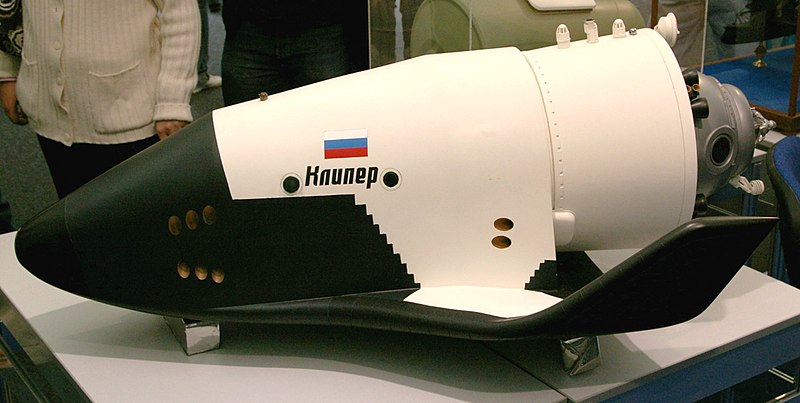Kliper: will replace the venerable and reliable Soyuz spaceship

I read that the Kliper is based on the Hermes project (an european lifting body spaceship) and this, in turn, was based on the Dyna-soar project of the 60's.
Dyna-soar: the uncle of the Space Shuttle

Then I find that the Dyna-soar was based on the Silbervogel (silver bird) project by the world famous Eugene Sanger and Irene Bredt. They are world famous (at least to me...
Silbervogel: an intercontinental bomber, grandfather of the Shuttle

All those crafts use a lifting body, that is (duh!) a body designed to create lift, an invention (patented) by Vincent Burnelli, btw.
So, the question is: does a modern F1 car has a lifting body?
Of course, I imagine a "ducking body", not a lifting one, but in principle...
If it is so, how much of the downforce is created by it?
If it's not, could it be used, maybe at low speed tracks, as the drag, I imagine, would be large? However, given that current regulations forbid winglets, it could be an option.
The bottom of this lifting-body aircraft, called the M2-F2, seems (to me!) very similar to the nose of an F1 car (inverted, of course), but the flat top doesn't.

NOTE for Green Power Dude Reload: here you have the Facetmobile (a mixture of lifting body and a flying wing), it's made of flat panels.







